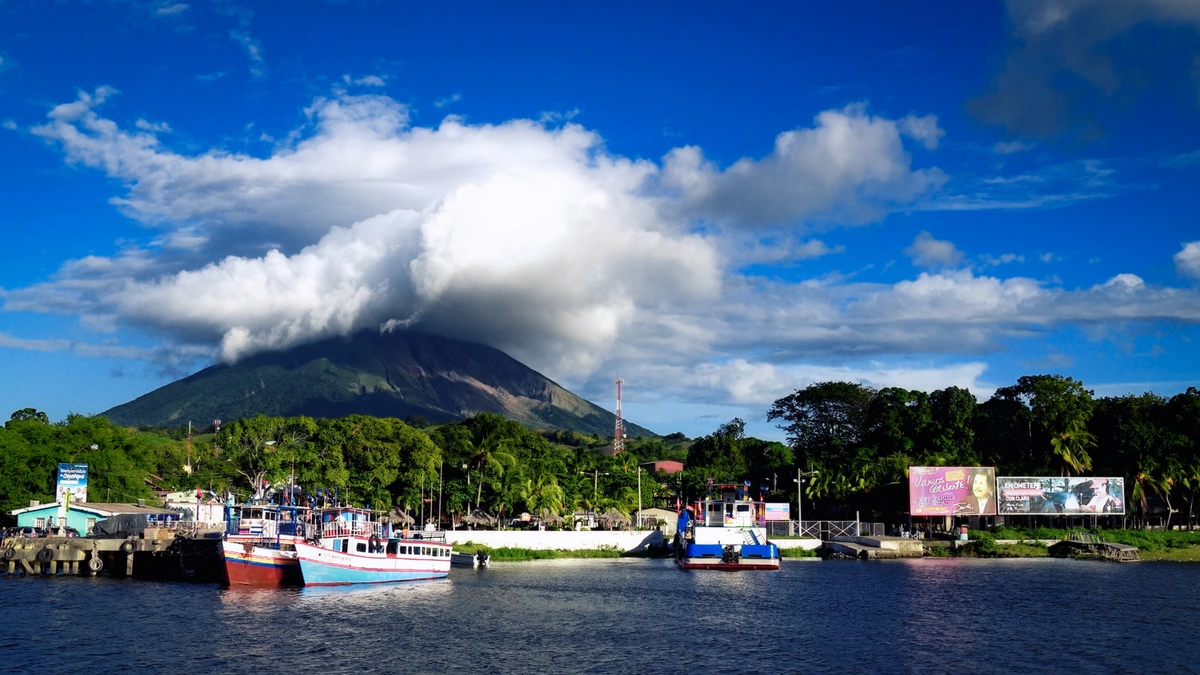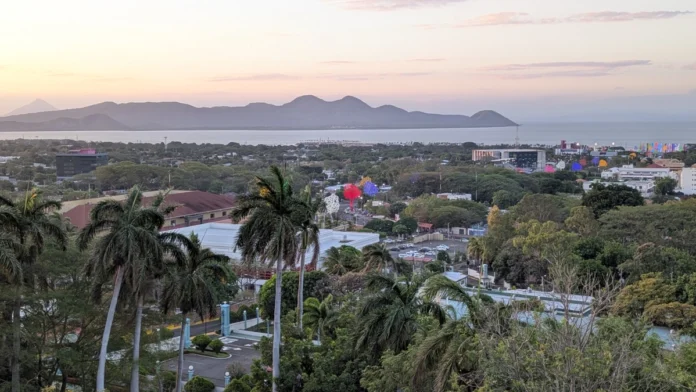Managua. The name itself might conjure images of a bustling capital city, maybe a bit of political intrigue, perhaps a starting point for exploring Nicaragua’s natural beauty. But here’s the thing: Managua is so much more than just a dot on the map. It’s a story etched in resilience, a testament to the enduring spirit of its people, and a fascinating case study in urban planning (or, sometimes, the lack thereof). Let’s be honest, Managua isn’t always the first place that springs to mind when thinking about tourist destinations, but that’s precisely what makes it so compelling. It’s real, raw, and ready to surprise you.
A City Forged in Fire | Understanding Managua’s Past

Managua’s history is inextricably linked to seismic activity. The city has been leveled by earthquakes multiple times, most notably in 1931 and again in 1972. These weren’t just minor tremors; they were catastrophic events that reshaped the city’s landscape and its very identity. What fascinates me is how this constant threat has influenced the city’s development. You see, after the 1972 earthquake, instead of rebuilding a dense city center, the decision was made to spread things out, creating a more decentralized urban sprawl. This decision, while intended to mitigate the impact of future earthquakes, has had lasting consequences, contributing to the city’s unique, somewhat disjointed character. Check this out for more interesting insights.
The somber reality is, this approach means that Managua lacks a true, centralized “downtown” in the way many other capital cities do. Instead, you’ll find various commercial hubs and residential areas scattered across a wide area. Thinking about urban planning, it’s a really interesting experiment that happened due to tragedy.
The Heart of Nicaragua | Exploring Managua’s Culture
But even without a traditional city center, Managua pulses with a vibrant culture. Markets like the Mercado Oriental are sprawling labyrinths of sights, sounds, and smells. You can find everything from fresh produce and local crafts to clothing and electronics – and I mean everything . Prepare to haggle, immerse yourself in the chaos, and sample some of the local delicacies. Seriously, trying the gallo pinto (rice and beans) is a must.
And then there’s the music. Nicaraguan music is a fusion of indigenous, African, and European influences, creating a unique and infectious sound. You’ll hear it spilling out from bars, restaurants, and even passing buses. Don’t be surprised if you find yourself tapping your feet along to the rhythm – it’s almost impossible not to. I have been a witness of such vibrancy and can attest to its authenticity.
Beyond the Buildings | Nature’s Embrace in Managua
Okay, Managua might not be known for its stunning architecture, but it’s definitely got some natural beauty tucked away. The city sits on the shores of Lake Managua, also known as Lake Xolotlán , a vast body of water that offers stunning sunset views. While the lake has faced environmental challenges over the years, efforts are underway to clean it up and restore its ecosystem.
A common mistake I see people make is to overlook the Tiscapa Lagoon Natural Reserve, located right in the heart of the city. Hike to the top of the hill for panoramic views of Managua and the surrounding landscape. You’ll also find the silhouette of Augusto César Sandino, a Nicaraguan revolutionary leader, overlooking the city. It’s a powerful symbol of the country’s history and its ongoing struggle for social justice. According to the latest reports, tourism is on the rise within this reserve.
Navigating Managua | Practical Tips for the Modern Traveler
So, you’re thinking about visiting Managua ? Great! Here are a few practical tips to keep in mind: Getting around can be a bit tricky. Taxis are readily available and relatively inexpensive, but make sure to agree on a fare before you get in. Buses are also an option, but they can be crowded and confusing for first-timers. Ride-sharing apps like Uber are becoming more popular, providing a convenient alternative. As per guidelines, it’s advised to always remain vigilant.
Accommodation options range from budget-friendly hostels to upscale hotels. Consider staying in areas like Zona Rosa or Metrocentro, which offer a good selection of restaurants, shops, and nightlife. Be mindful of your belongings, especially in crowded areas. Petty theft can be a problem, so keep your valuables secure.
The Future of Managua | A City on the Rise
Managua is a city in constant motion, evolving and adapting to the challenges of the 21st century. New construction projects are popping up across the city, signaling a renewed sense of optimism and growth. While it may not be the most polished or picture-perfect capital city, Managua offers a unique and authentic travel experience. It’s a place where you can connect with the real Nicaragua, immerse yourself in its culture, and witness the resilience of its people. Take a peek here for another interesting read.
Ultimately, visiting Managua is an exercise in going beyond surface-level impressions. It’s about understanding the context, appreciating the history, and embracing the imperfections. It’s a city that demands a bit of patience, a willingness to explore, and an open mind. And if you give it a chance, you might just find yourself falling in love with its chaotic charm.
FAQ | Your Managua Questions Answered
Is Managua safe for tourists?
Like any major city, Managua has its share of crime. Exercise caution, be aware of your surroundings, and avoid walking alone at night in unfamiliar areas. Stick to well-lit and populated areas, and keep your valuables secure.
What is the best time to visit Managua?
The dry season, from December to April, is generally considered the best time to visit Managua. The weather is sunny and pleasant, with less rainfall.
What are some must-see attractions in Managua?
Besides the Mercado Oriental and the Tiscapa Lagoon Natural Reserve, consider visiting the National Palace of Culture, the Metropolitan Cathedral, and the Rubén Darío National Theatre.
What is the local currency in Nicaragua?
The official currency is the Nicaraguan Córdoba (NIO), but US dollars are widely accepted, especially in tourist areas. It’s advisable to have some local currency on hand for smaller transactions.
What should I pack for a trip to Managua?
Lightweight clothing, comfortable shoes, sunscreen, insect repellent, and a hat are essential. If you’re planning on hiking, bring sturdy hiking boots. And don’t forget your camera to capture the vibrant colors and energy of the city!
How can I get from the airport to my hotel in Managua?
Taxis are readily available outside the airport. Agree on a fare before you get in. Some hotels also offer airport shuttle services.

